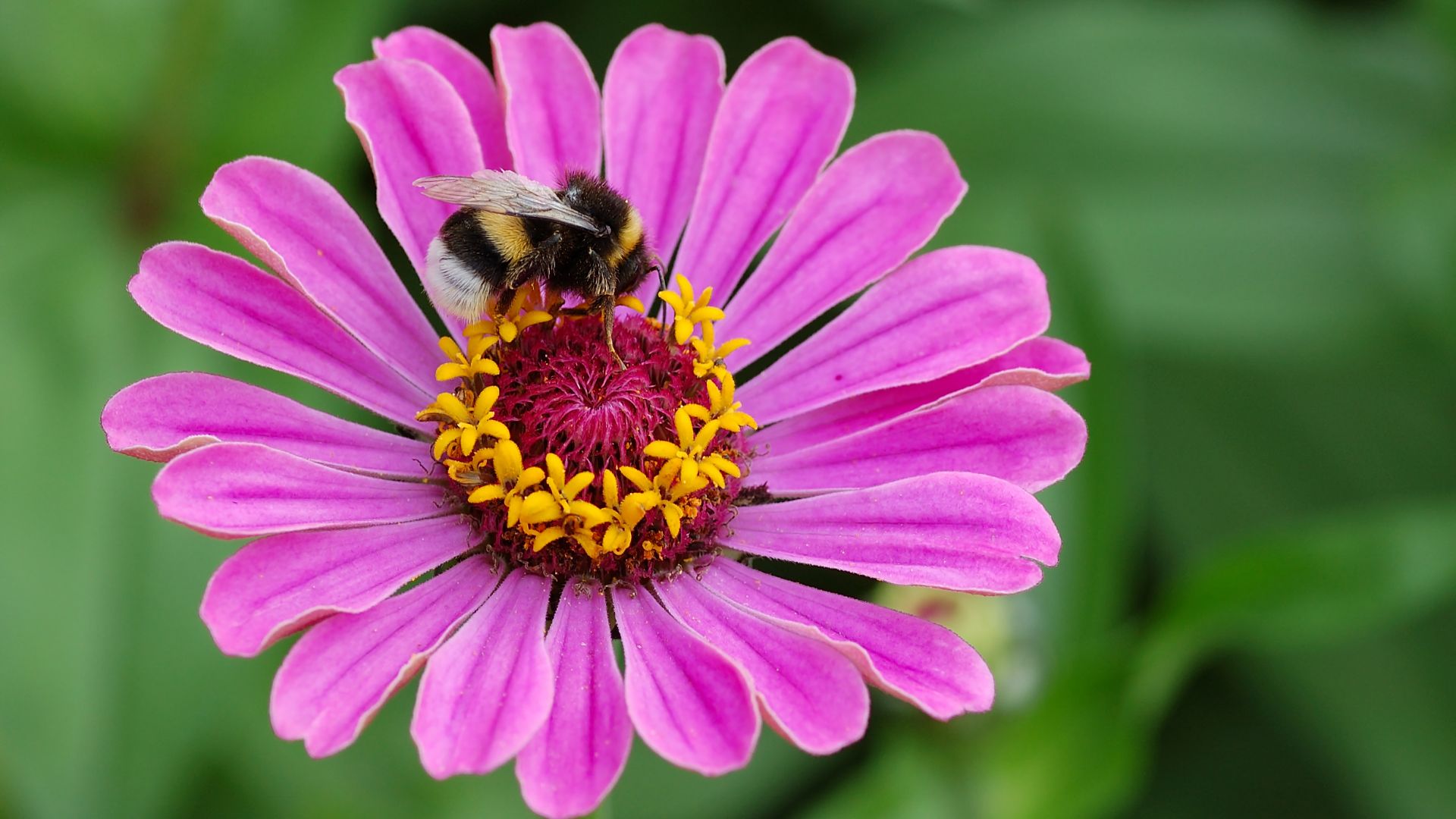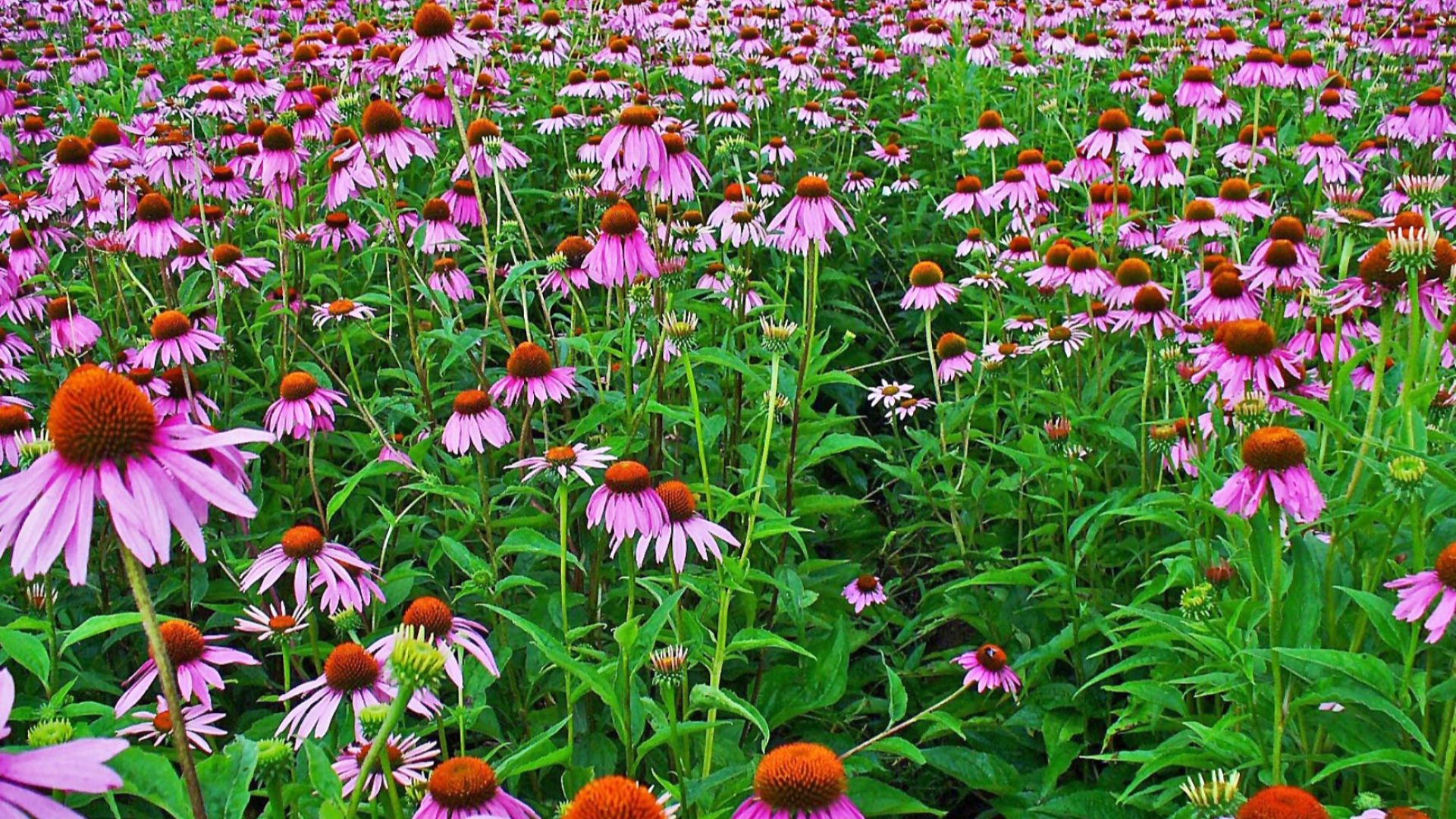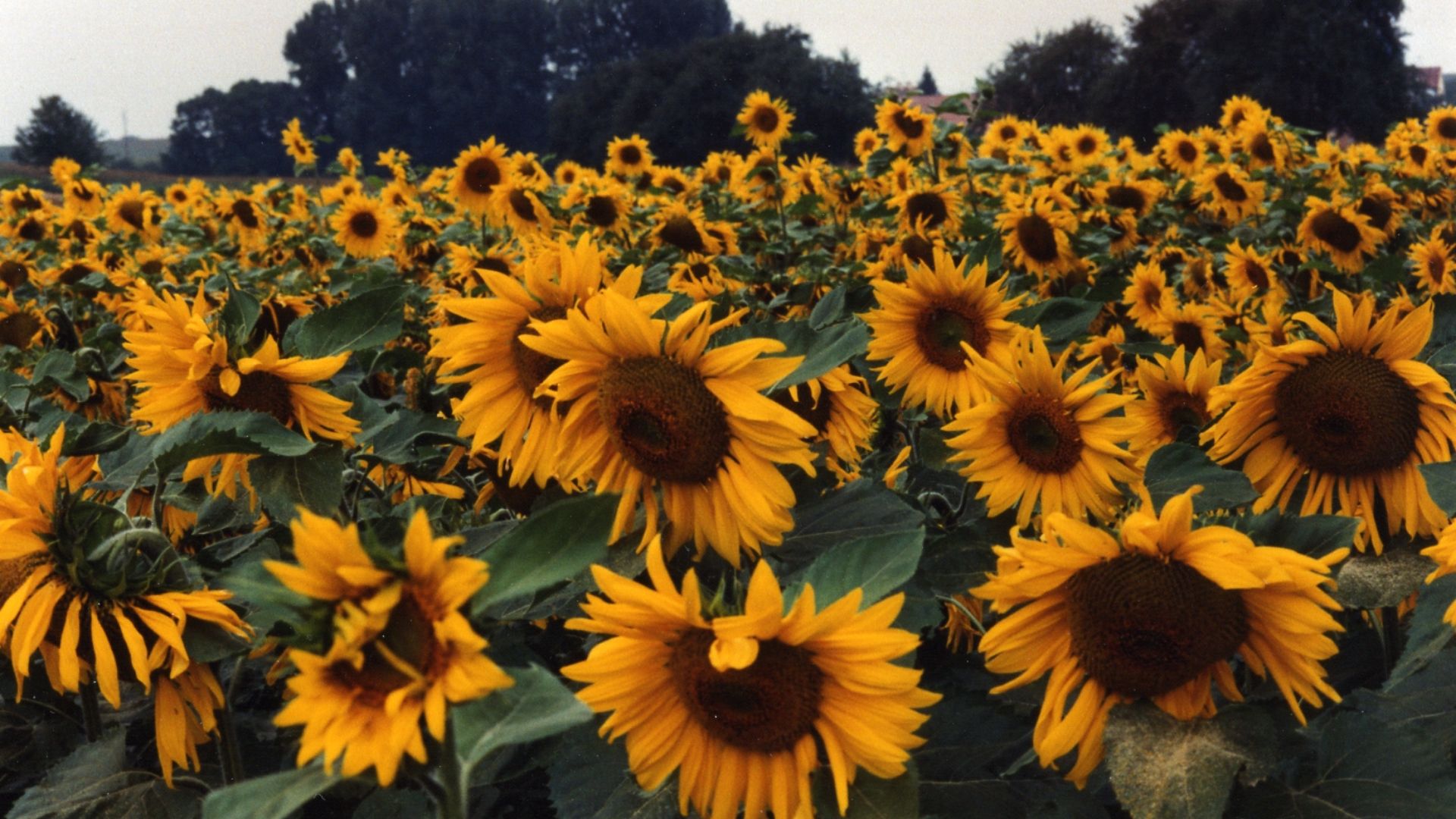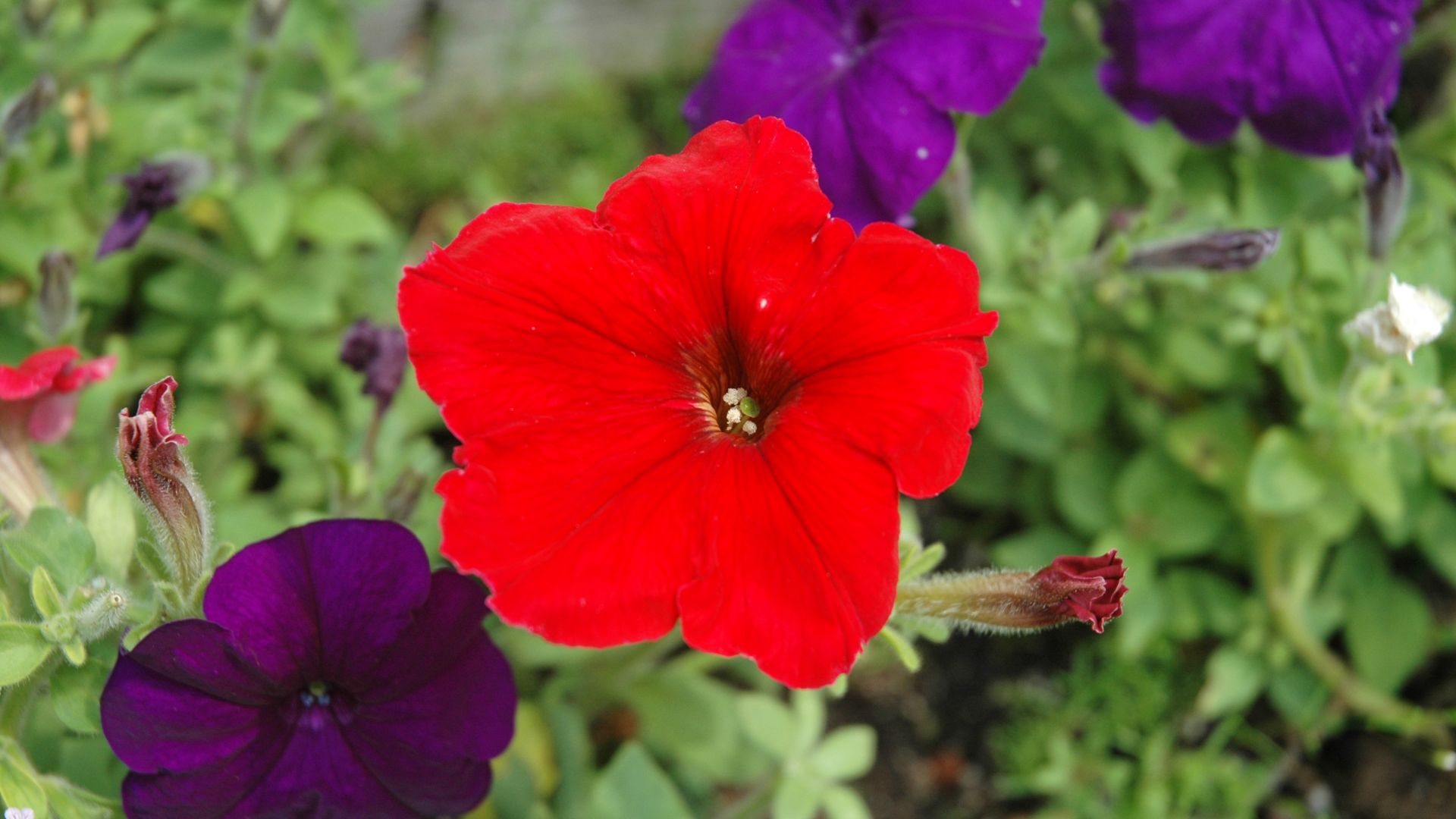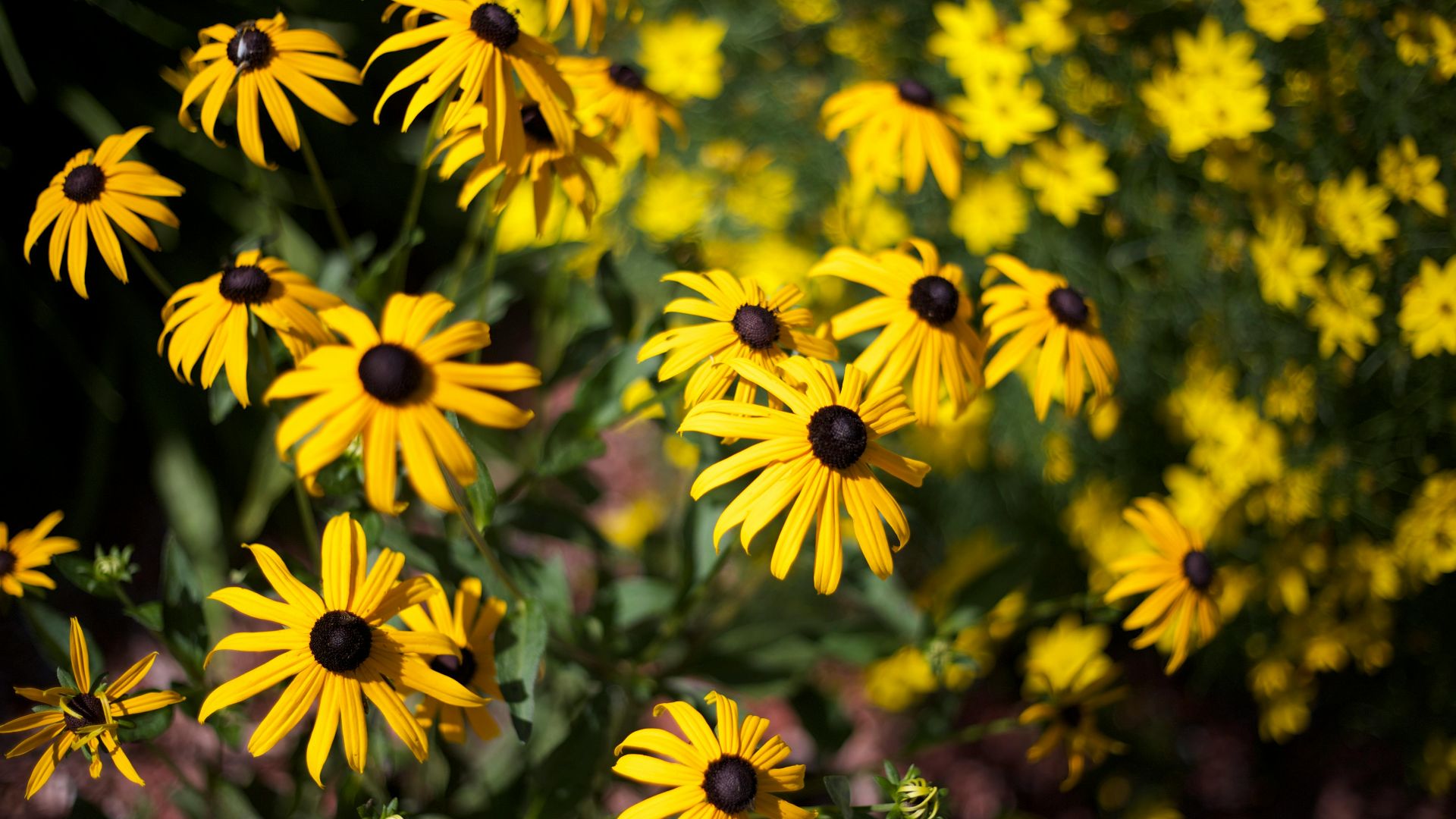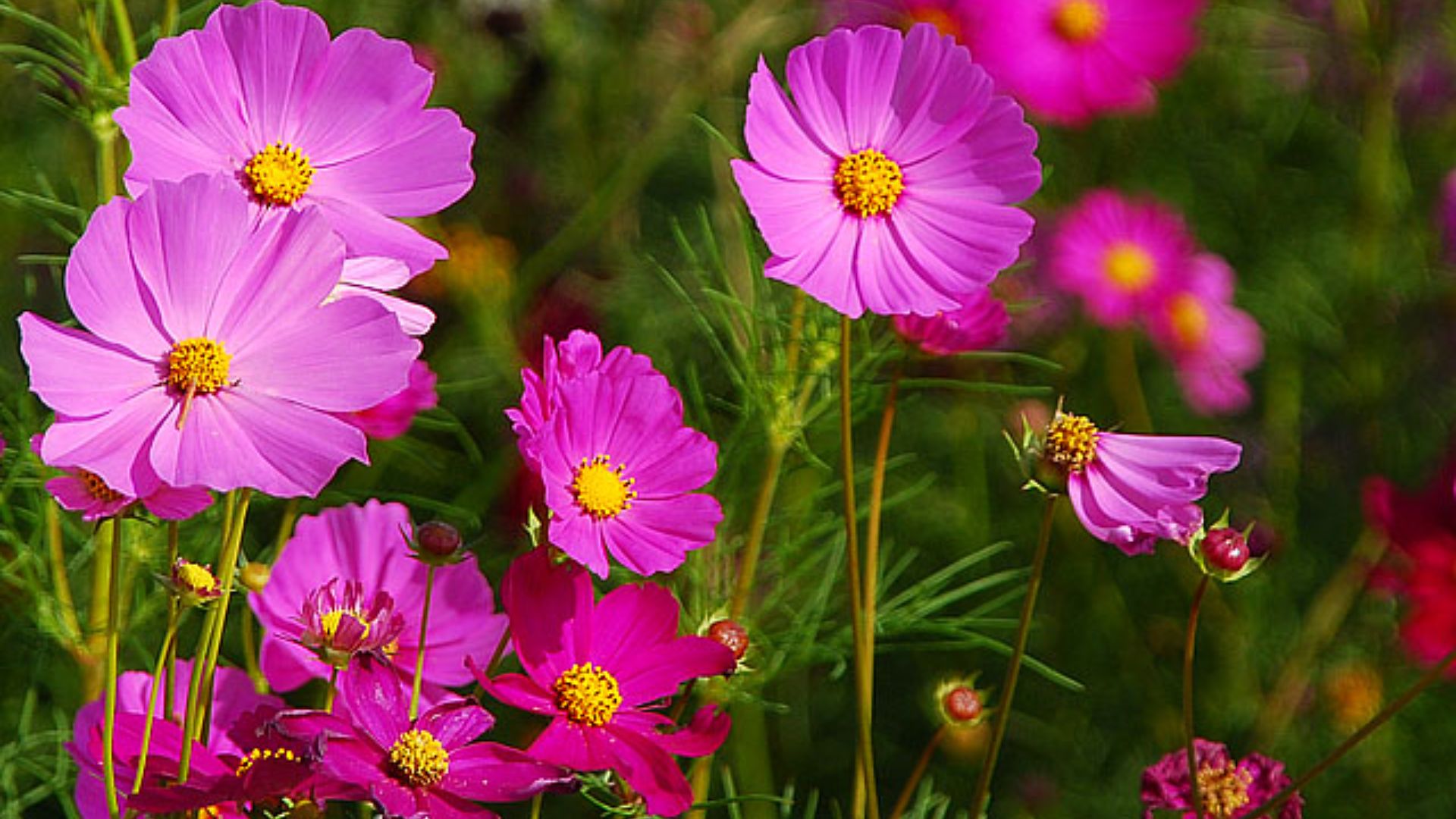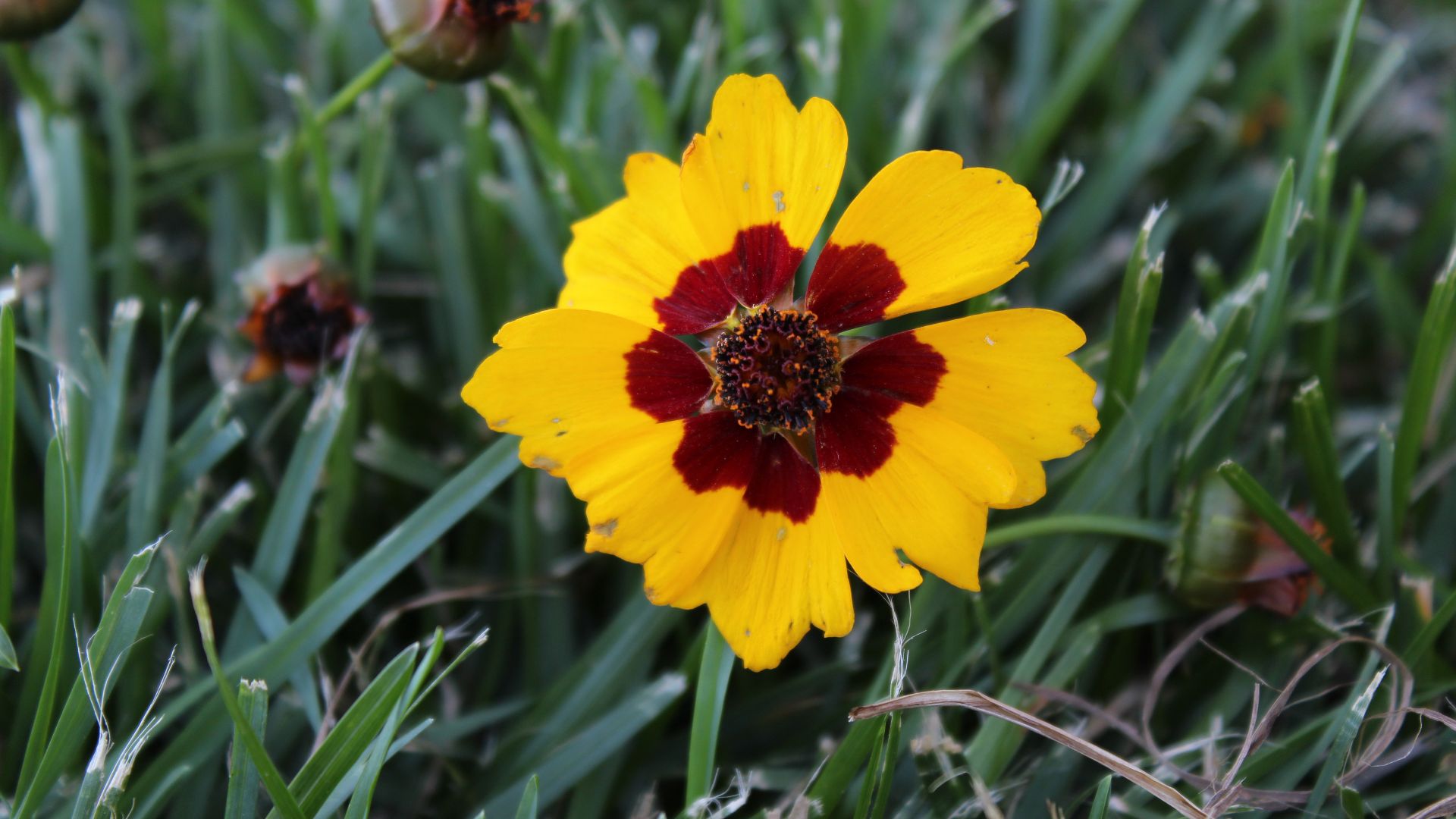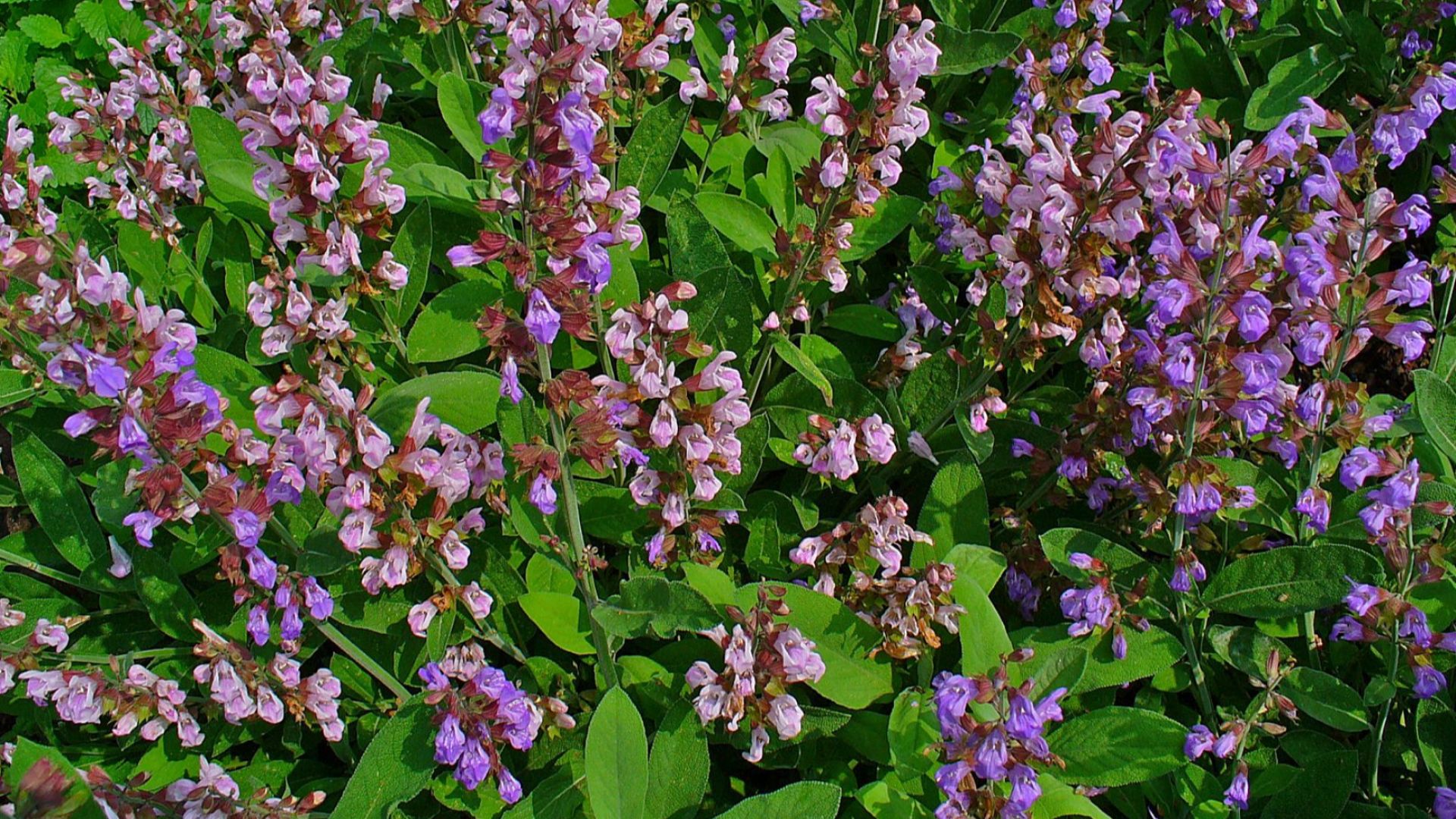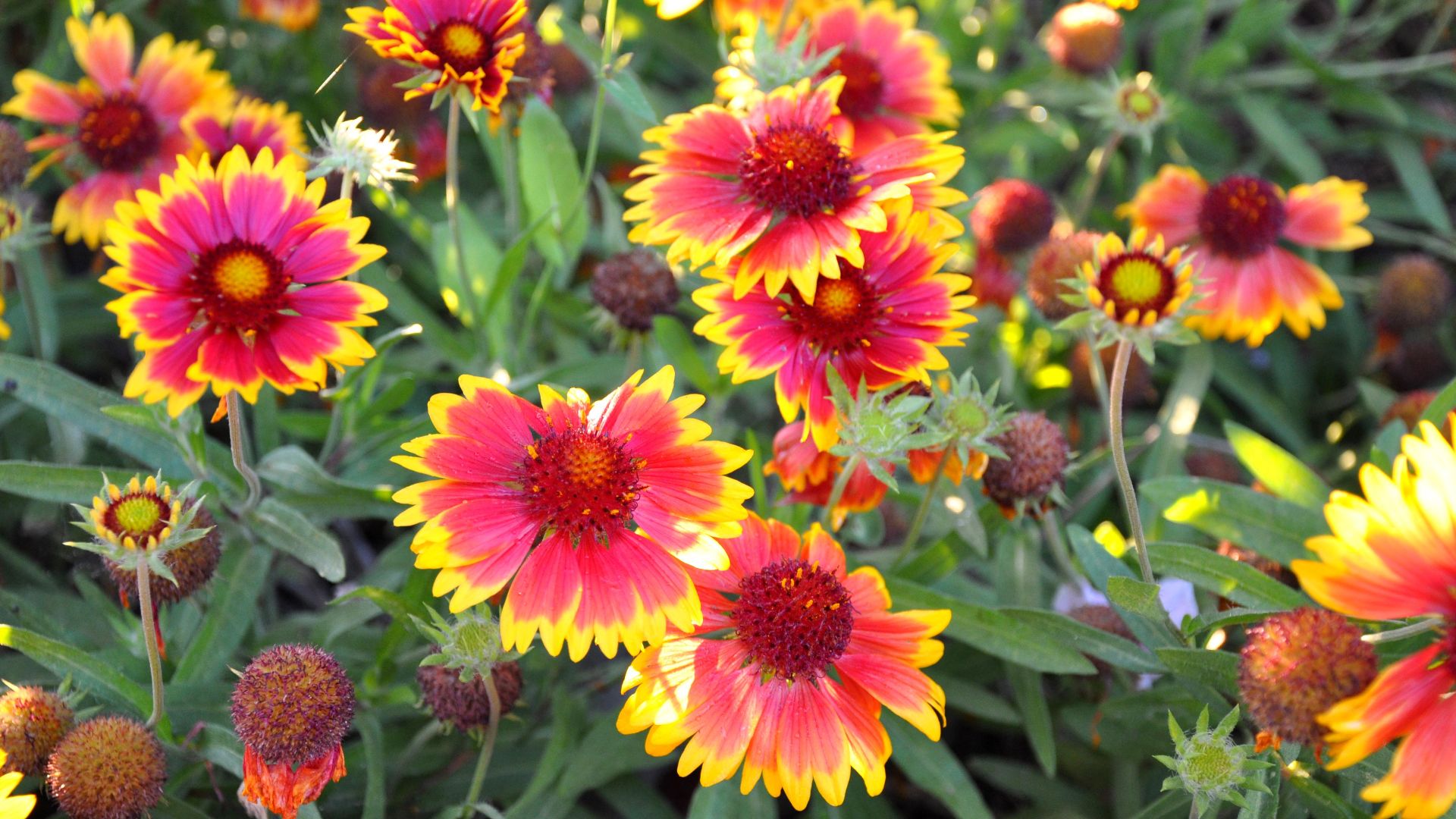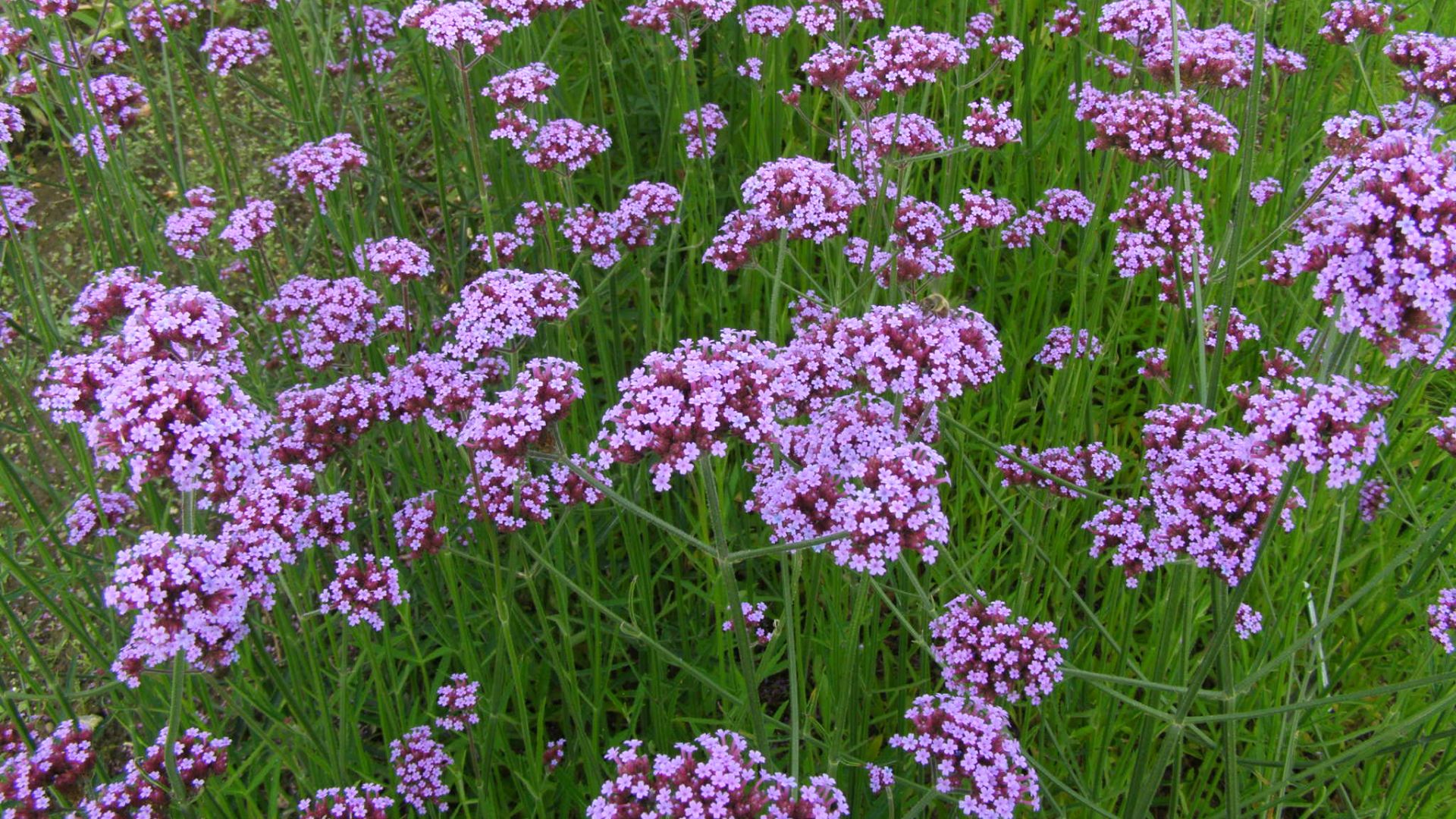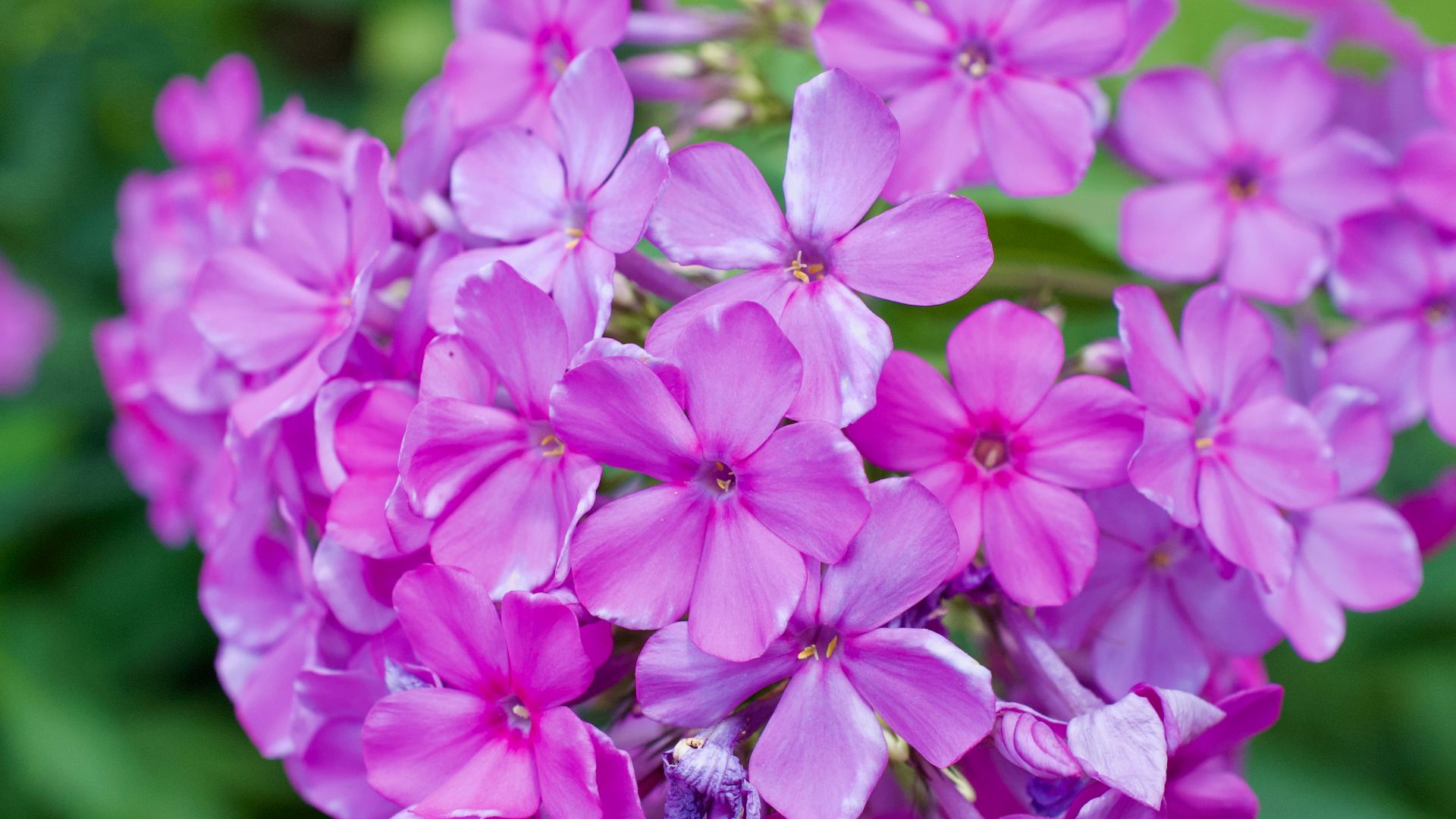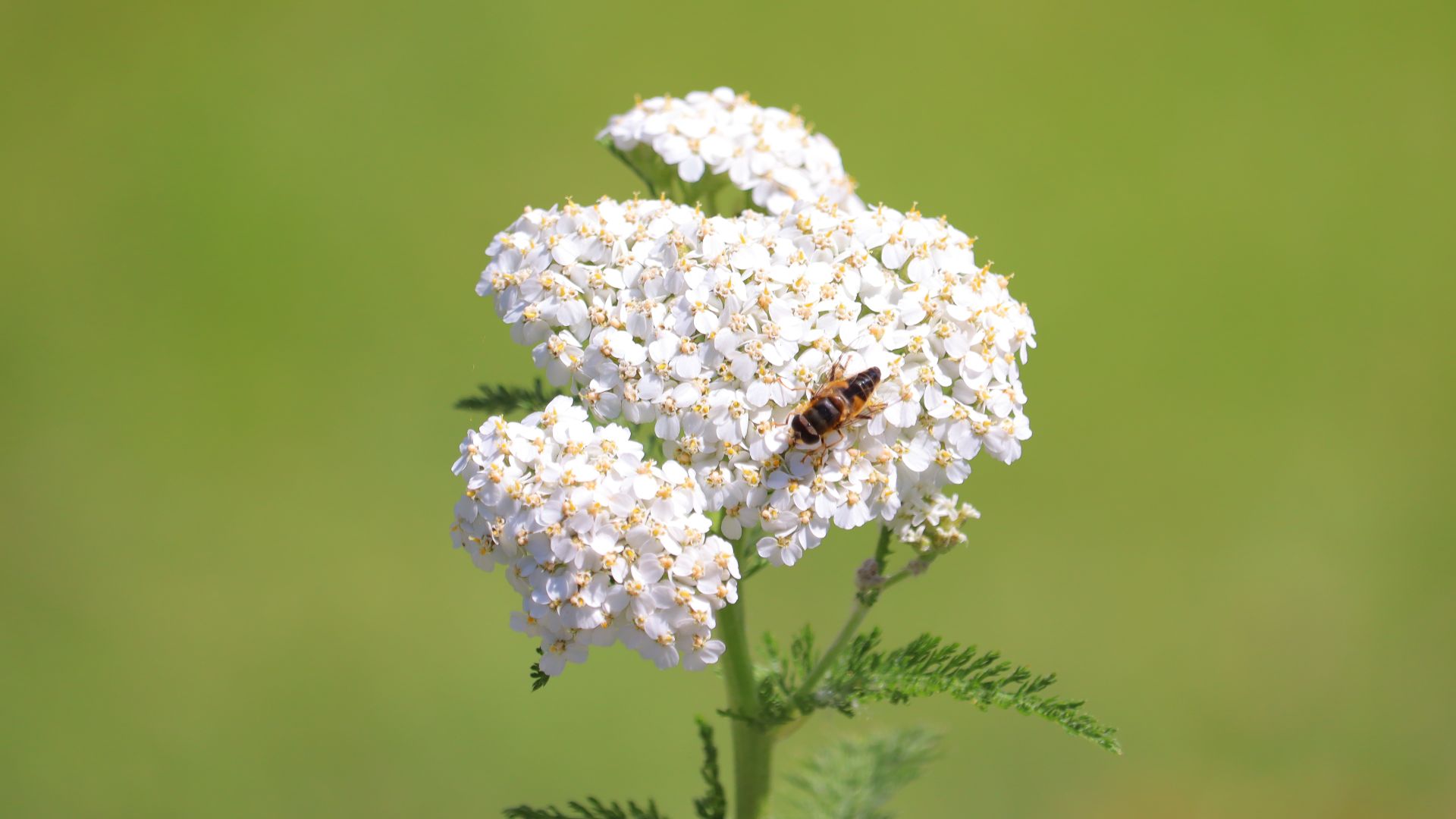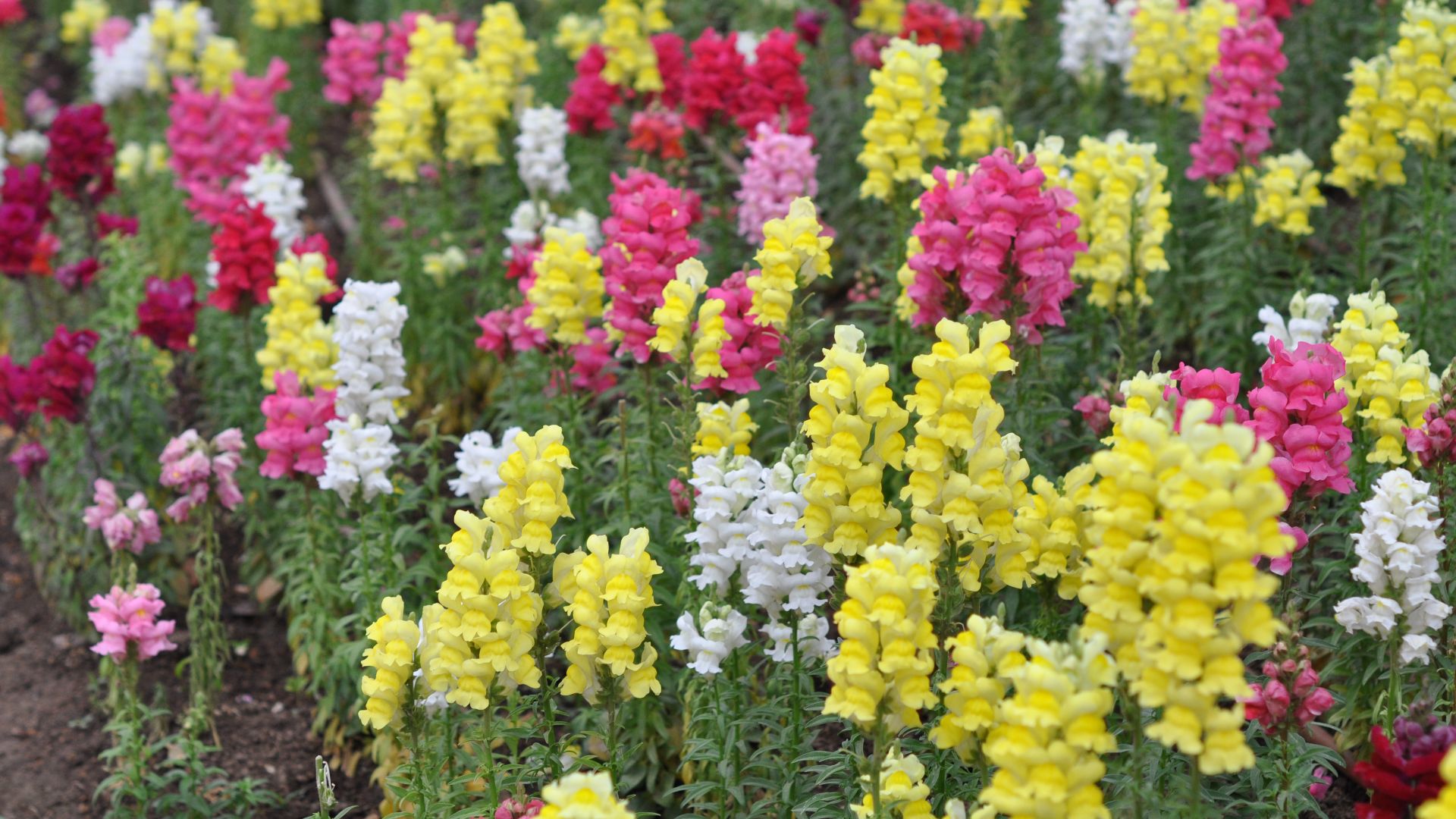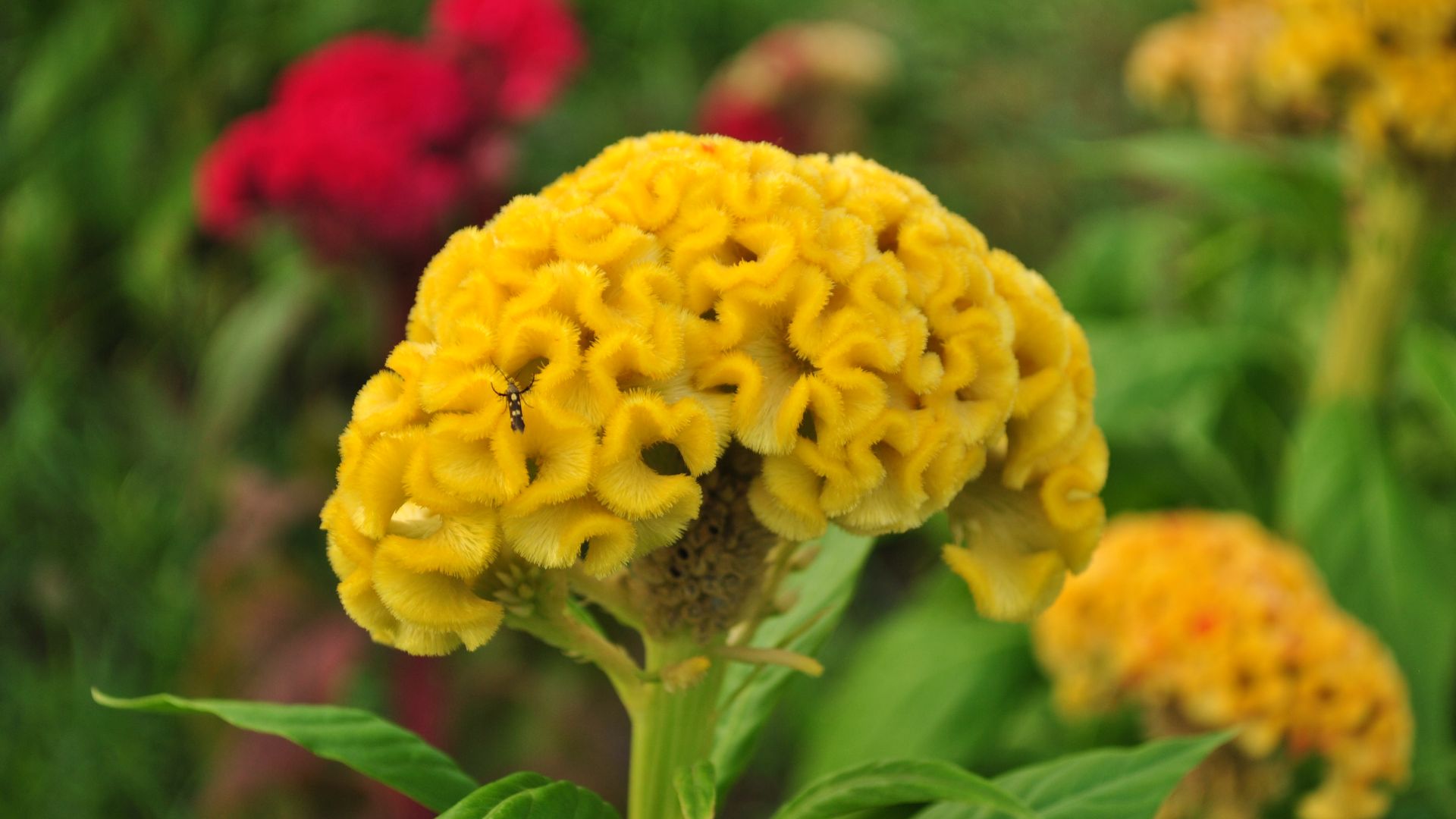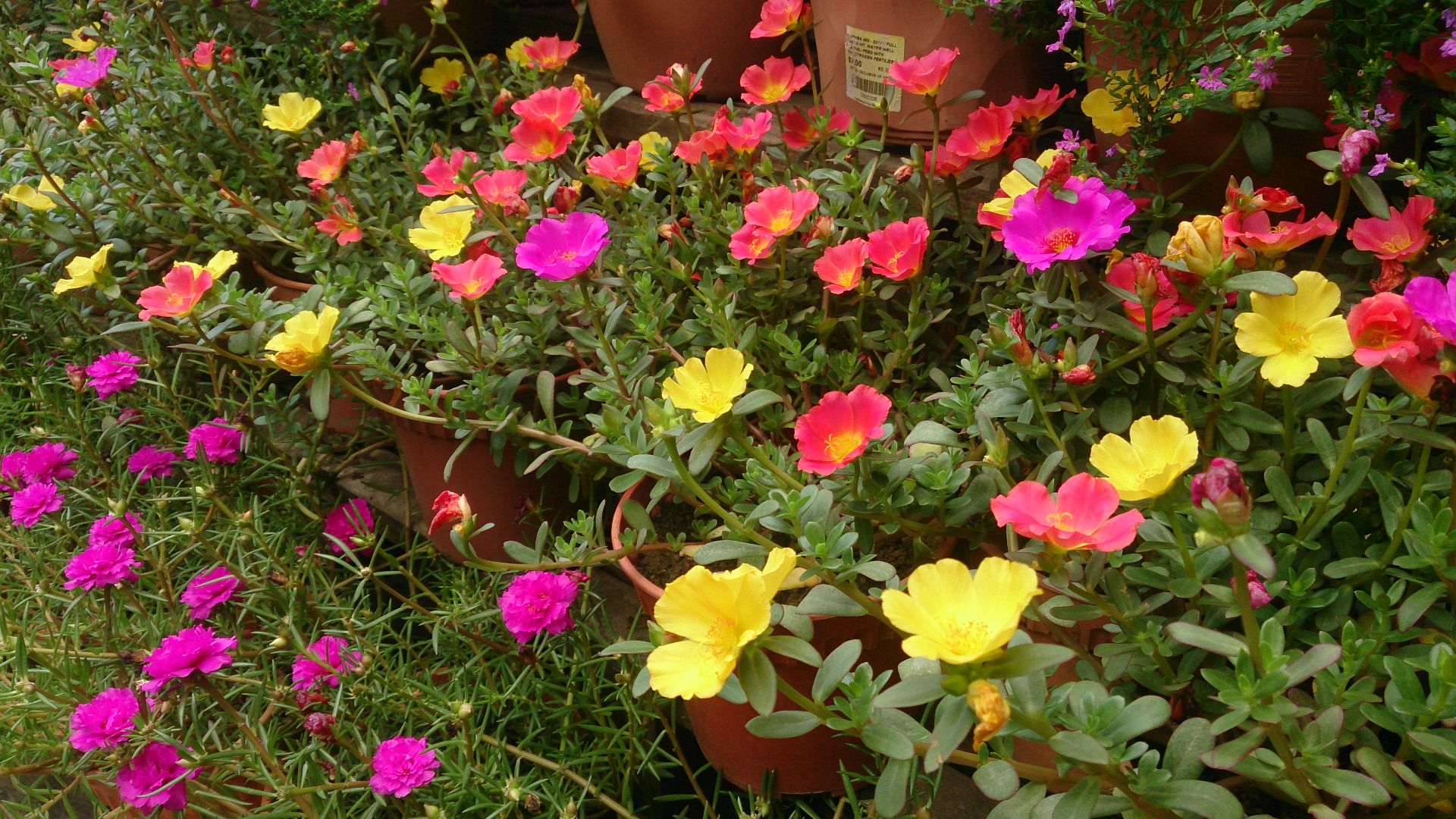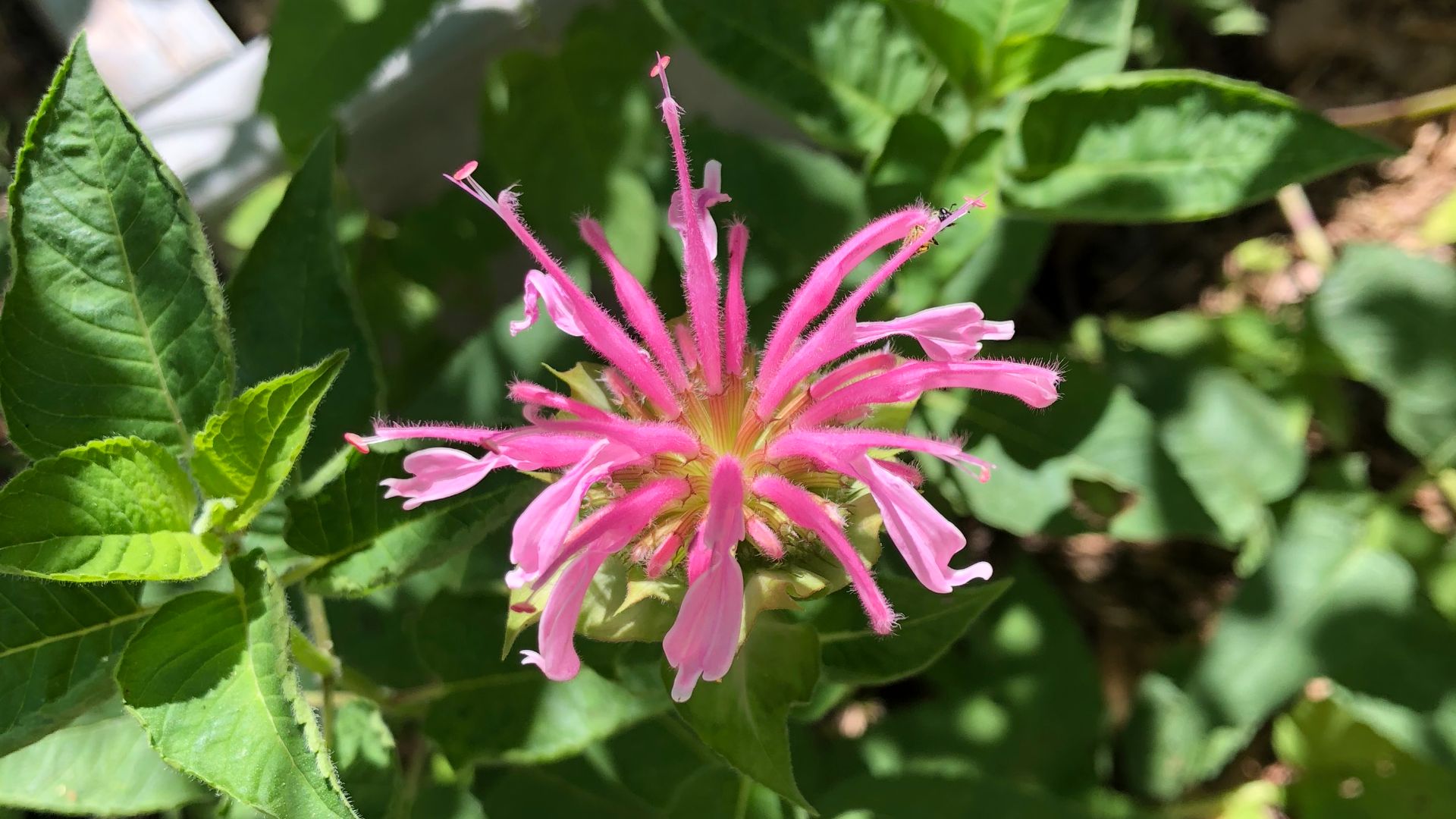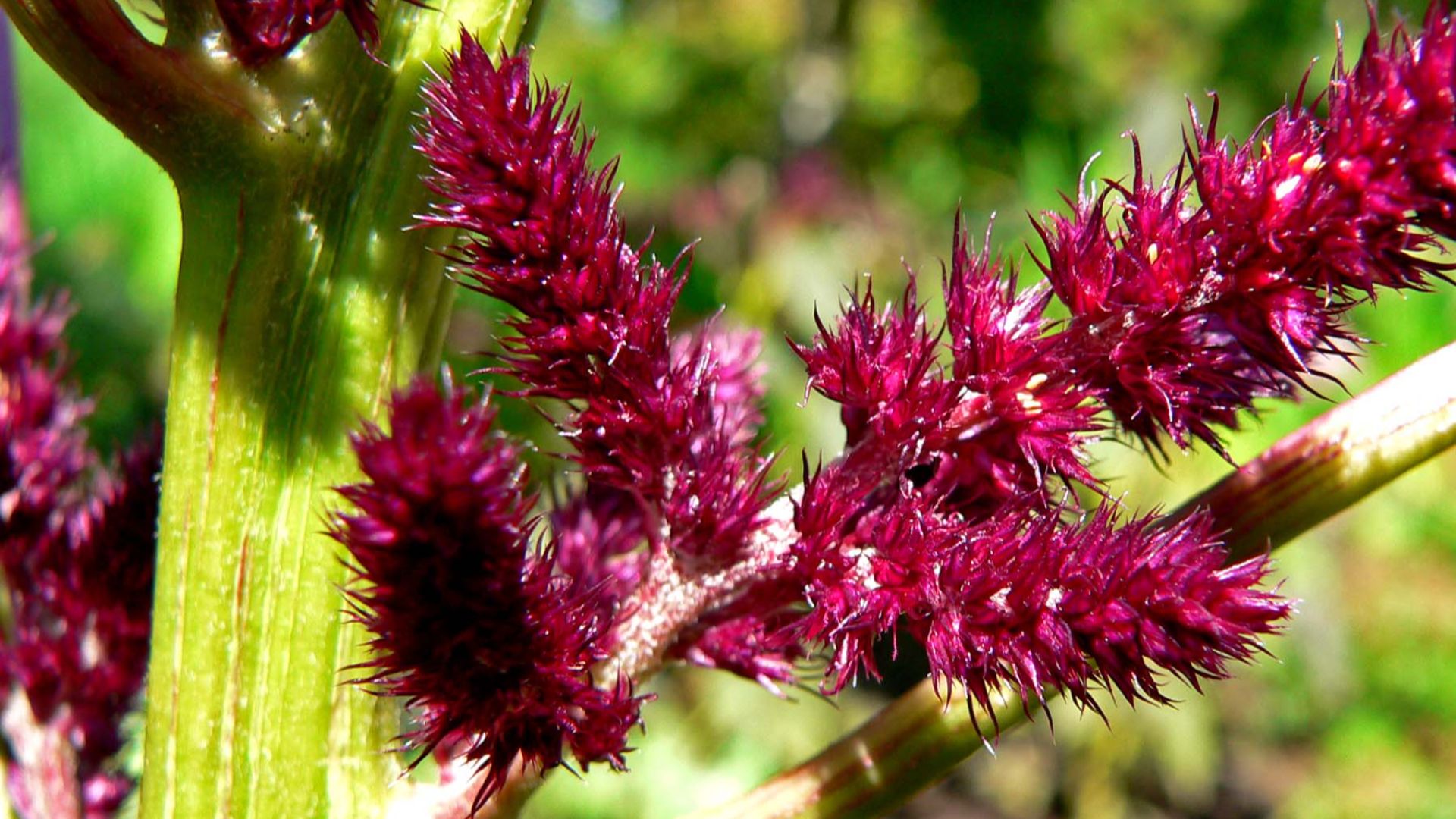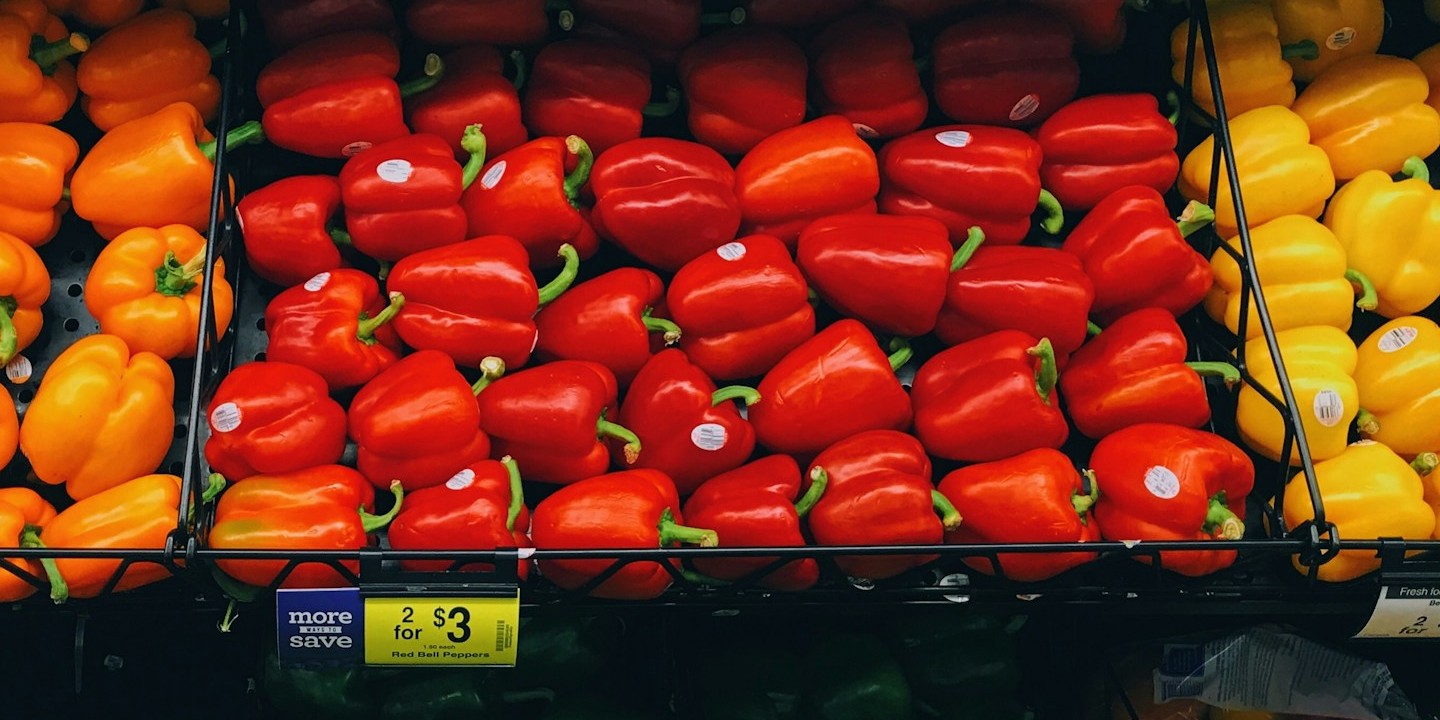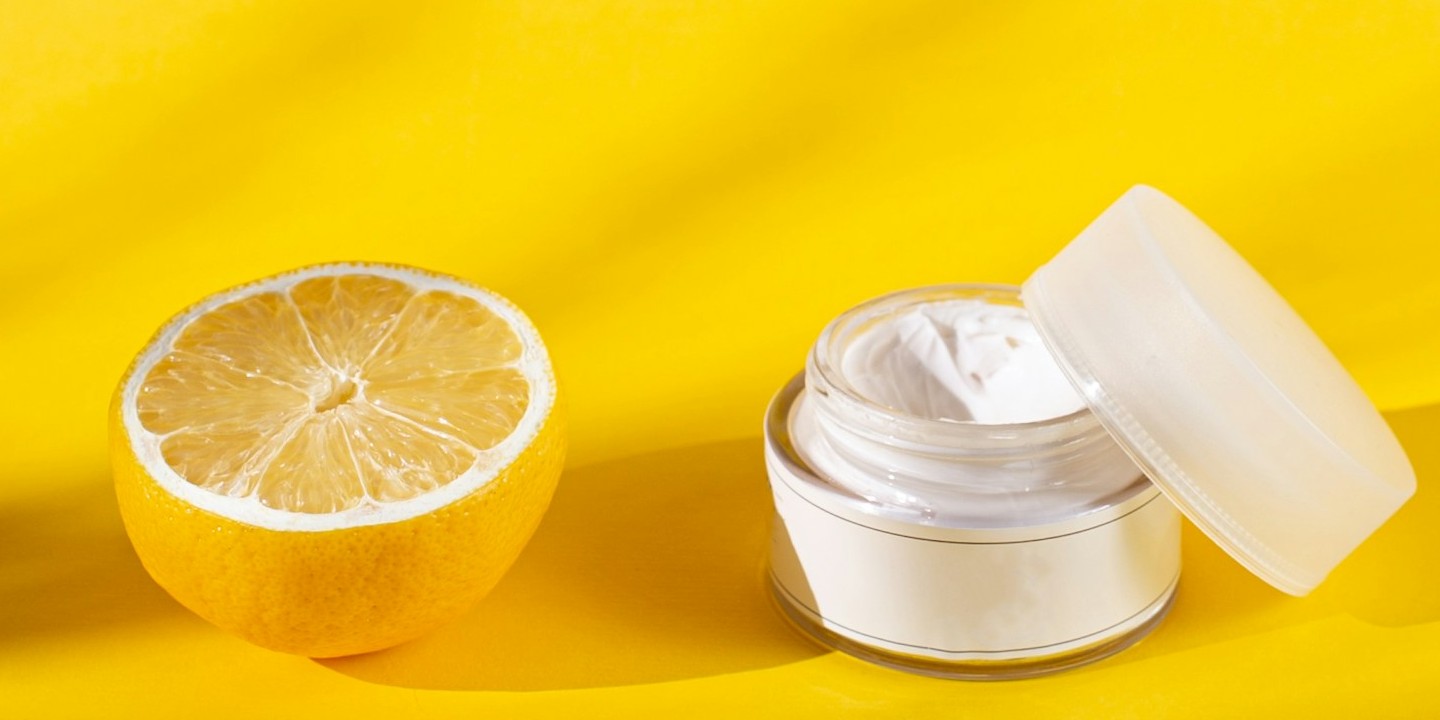Heat-Proof Blooms
When summer hits, everyone thinks they’re a professional gardener. And your social feed? It’s filled with petals. Meanwhile, you’re standing in your backyard, wondering why your last plant gave up on life three days in. Here’s the truth: some flowers just aren’t built for summer. They wilt, they flop, or they act offended that the sun even exists. But others? Total champions. So, here are 20 summer flowers that’ll make your garden the best-looking spot on the block.
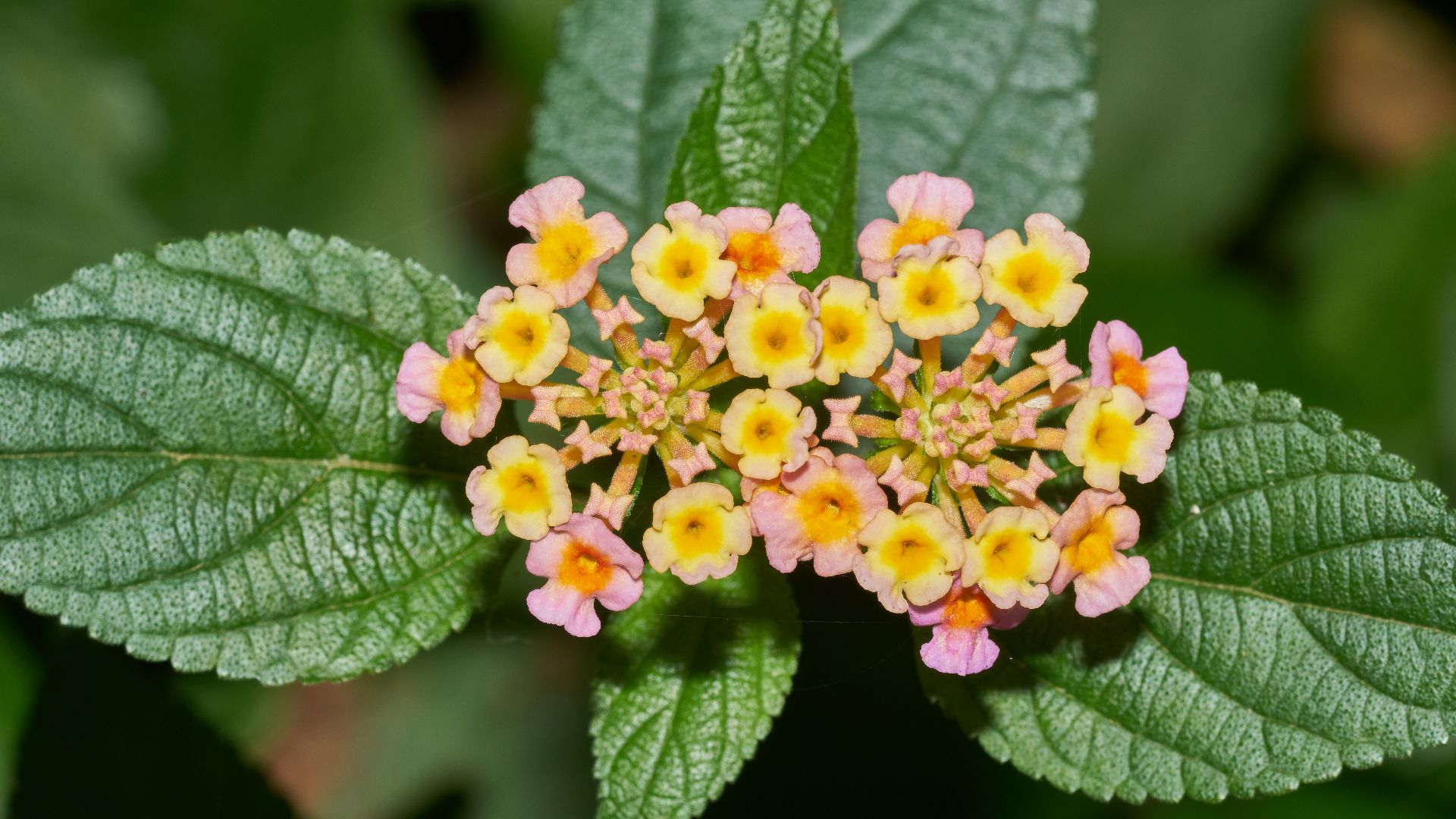 Jeevan Jose, Kerala, India on Wikimedia
Jeevan Jose, Kerala, India on Wikimedia
1. Zinnias
Zinnias thrive in the heat and keep blooming without missing a beat during the hottest months. They come in a wide range of colors, except blue, so you get plenty of variety. With their upright stems, they’re also a reliable pick for cut flower arrangements that hold up well indoors.
2. Marigolds
If you're looking for flowers that do double duty, marigolds fit the bill. Their strong scent helps keep garden pests like nematodes and aphids in check, which is why they’re planted alongside vegetables. In many cultures, these bright blooms are symbols of protection and good vibes.
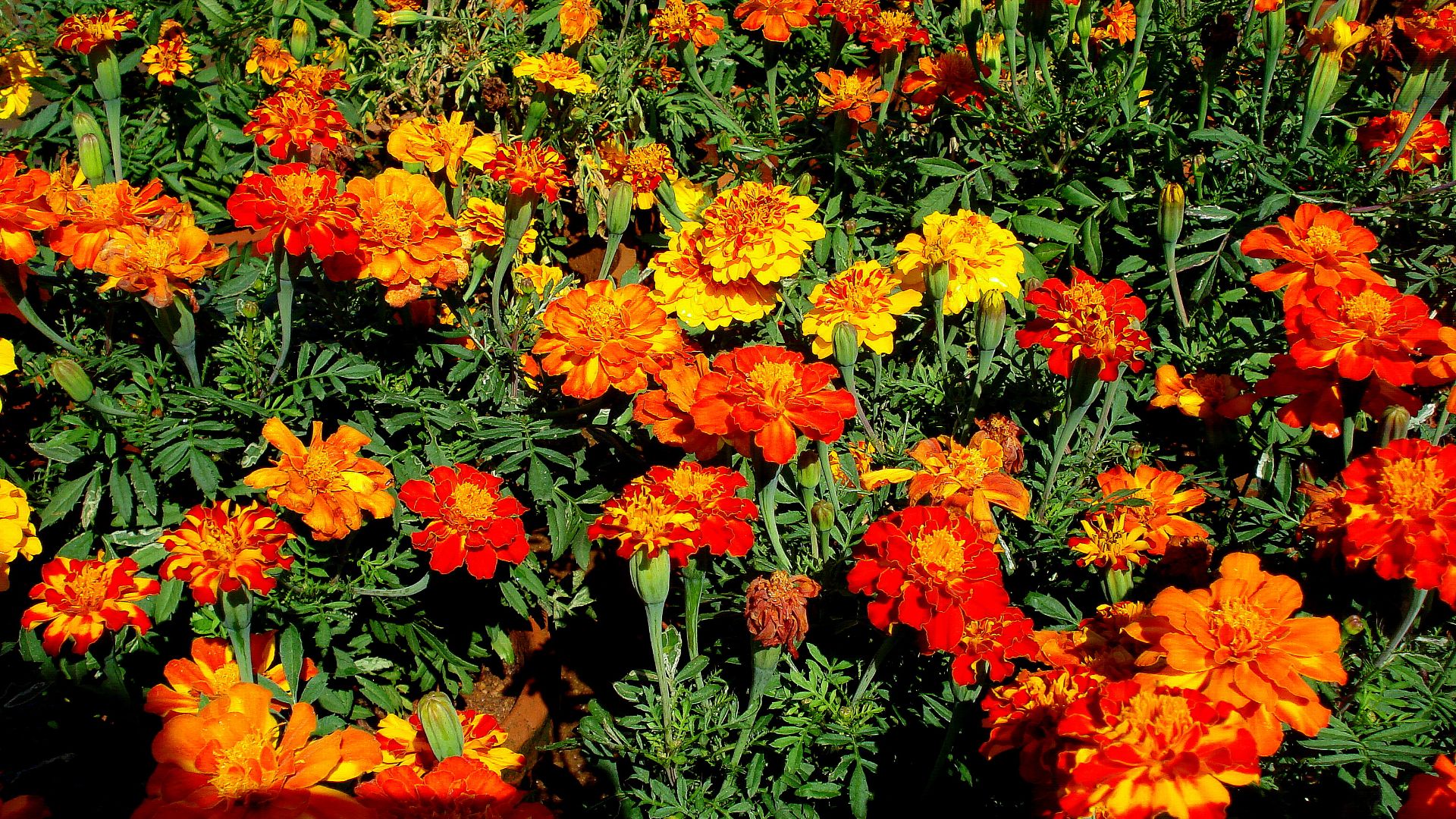 Aruna at Malayalam Wikipedia on Wikimedia
Aruna at Malayalam Wikipedia on Wikimedia
3. Coneflowers
Native to North America, coneflowers are built for dry conditions. Beyond their looks, these flowers have long been valued in herbal medicine for potential immune support. Even after blooming, their seed heads stick around, offering food for birds.
4. Sunflowers
As sunflowers grow, young plants actually track the sun across the sky—a behavior called heliotropism. By season’s end, many reach over 12 feet tall. Moreover, sunflowers aren’t just for show, as nearly every part of the plant has a use, from the edible seeds to the sturdy stalks.
5. Petunias
Petunias bring nonstop color from spring through the first frost, making them a reliable choice for a long-lasting display. With varieties that ruffle, cascade, or show off stripes and spots, there’s no shortage of visual interest. Plus, newer hybrids are built to handle rain better.
6. Black-Eyed Susans
Black-Eyed Susans are the kind of flower that quietly takes over in the best way. Their golden-yellow petals brighten up any space, even in poor soil conditions. They're also known to symbolize encouragement, which explains their popularity in healing and therapeutic gardens.
7. Cosmos
Cosmos are the overachievers of poor soil, as they flourish where fussier plants fail. With delicate foliage and soft pastel flowers, they bring an effortless wildflower feel to any garden. Interestingly, these self-sowing charmers spread easily, needing almost no help to come back each year.
8. Coreopsis
Nicknamed “tickseed,” coreopsis is a hardworking bloomer that carries on from June right through to the first frost. Its bright, daisy-like flowers lift the mood of any space. The seeds are a favorite snack for goldfinches, while the blooms attract helpful predators that keep pests in check.
9. Lantana
The blooms of Lantana change color as they age, creating a constantly shifting display of pinks, oranges, and yellows. Their salt tolerance also makes them a go-to choice for coastal gardens. And if you brush past the foliage, you’ll catch a whiff of its citrusy scent, which adds one more layer to its appeal.
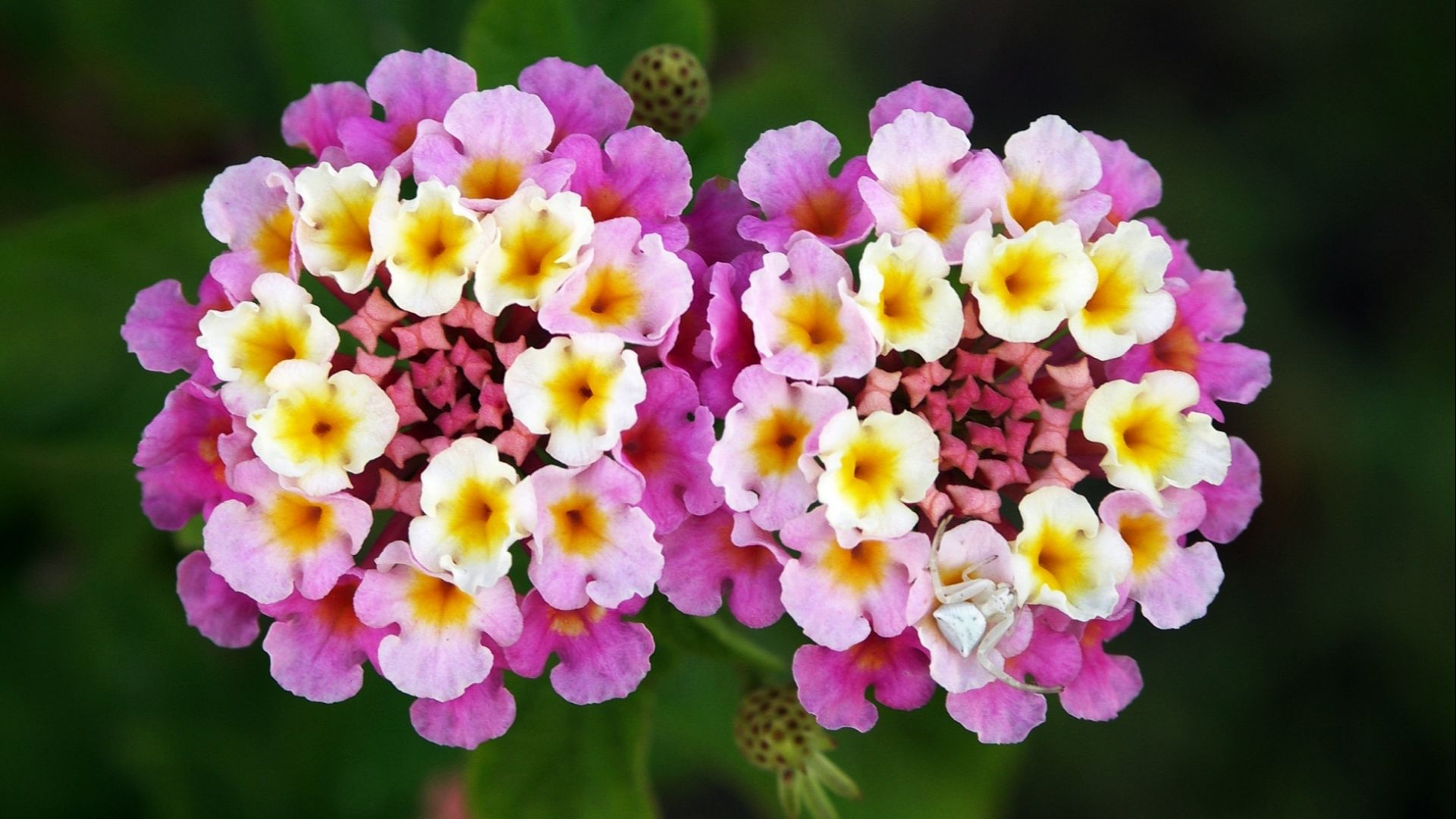 Joaquim Alves Gaspar on Wikimedia
Joaquim Alves Gaspar on Wikimedia
10. Salvia
Salvia is a low-maintenance standout for sunny, dry gardens. Its fragrant leaves usually keep deer at a distance, saving you one less worry. With looks, toughness, and pollinator appeal, it checks all the right boxes for a smart summer planting.
11. Gaillardia
Also called blanket flower, gaillardia thrives in tough spots like sandy or rocky soil without complaint. Native to dry prairies and coastal regions, it’s built to handle heat, wind, and even deer. This easygoing perennial brings a bold, cheerful vibe to a garden while asking for very little in return.
12. Verbena
Known for its ground-hugging growth and continuous blooms, verbena is a go-to for gardeners wanting low-maintenance color. It forms flowing clusters of tiny flowers that persist through summer heat and dry spells. Some types also release a light fragrance that draws in nighttime pollinators.
13. Geraniums
Zonal geraniums are a classic choice for reliable summer color, especially in hot conditions. They bloom steadily and do well in pots or directly in garden beds. Plus, the essential oils found in geraniums are often used in natural insect repellents, offering both beauty and practical value for outdoor spaces.
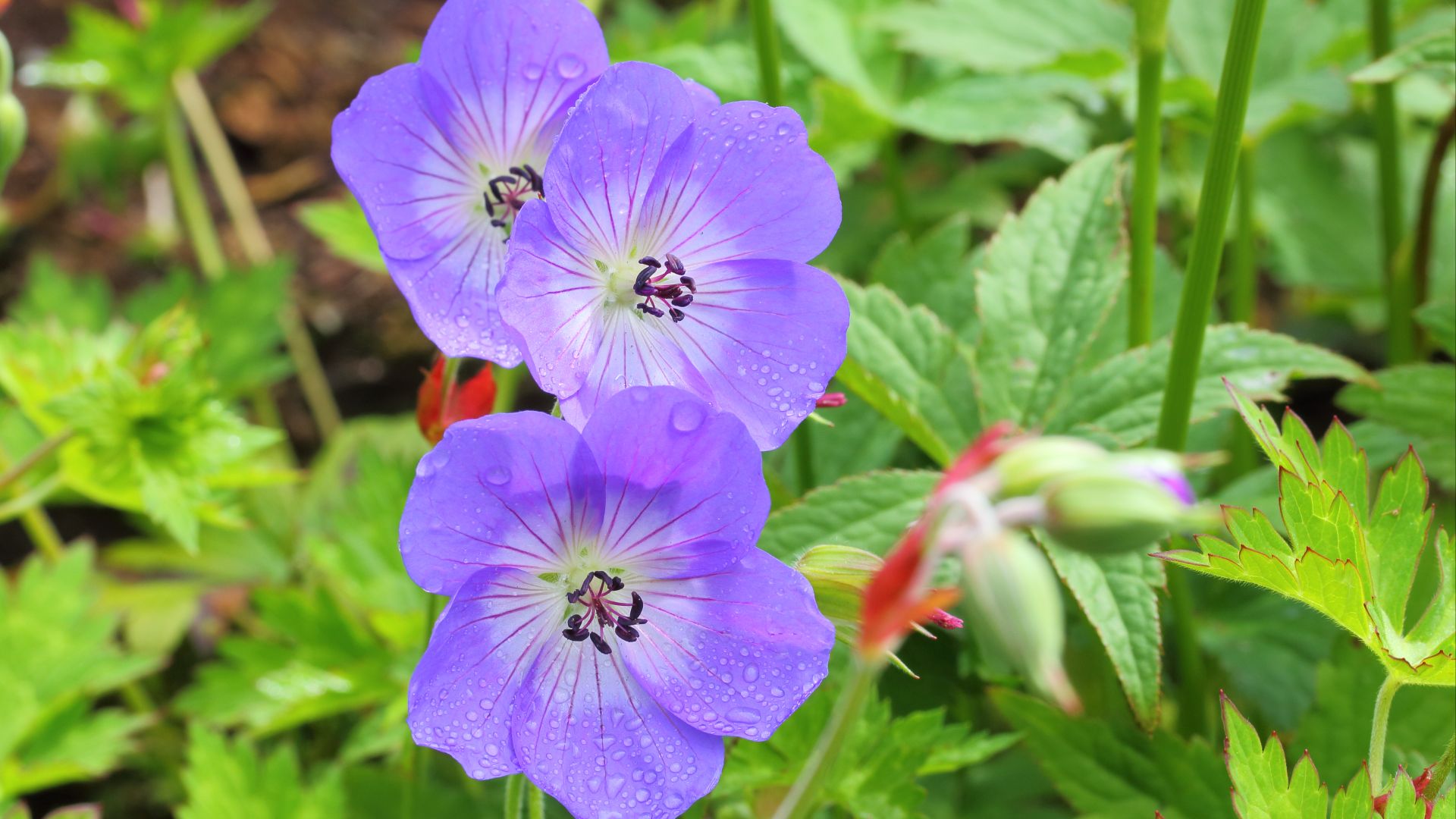 Dominicus Johannes Bergsma on Wikimedia
Dominicus Johannes Bergsma on Wikimedia
14. Phlox
If you want blooms that stand tall and smell sweet, phlox delivers on both counts. Its dense clumps return bigger each year, creating reliable splashes of pink, purple, and white through the summer. Tall phlox also adds vertical interest to garden borders.
15. Yarrow
Yarrow’s wide, flat flower clusters are a magnet for bees and butterflies. It has a long-standing role in herbal medicine and is commonly used in dried floral décor. While it self-sows easily, it stays manageable, which offers beauty and practicality without taking over your space.
16. Snapdragons
Snapdragons bring early-season charm with their distinctive, dragon-shaped blooms that kids love to pinch. Available in almost every color, they easily match themed garden designs. Surprisingly, they’re edible too—often used to decorate cakes and drinks.
17. Celosia
Known for its strikingly unusual blooms, celosia adds bold texture and color wherever it’s planted. Its flowers come in plume or brain-like shapes, usually in vivid neon shades. Beyond looks, some varieties are edible and widely used in West African cuisine.
18. Portulaca
When you need color in the most sunny corners of your garden, portulaca steps up effortlessly. Also called moss rose, this tough little plant thrives in sandy soil and stores water in its succulent leaves. Moreover, in warmer climates, it self-sows and often returns on its own.
19. Bee Balm
Often chosen for its pollinator power, bee balm brings serious activity to any garden. Its bold, spiky flowers bloom like bursts of fireworks, drawing in bees, butterflies, and hummingbirds in large numbers. Besides, its aromatic foliage has traditional uses in teas and herbal remedies.
20. Amaranth
Amaranth adds height to summer gardens with its tall, tassel-like blooms that sway in the breeze. Beyond its looks, amaranth offers edible seeds packed with protein and leaves rich in nutrients. Some varieties also feature iridescent foliage and deep burgundy tones.


